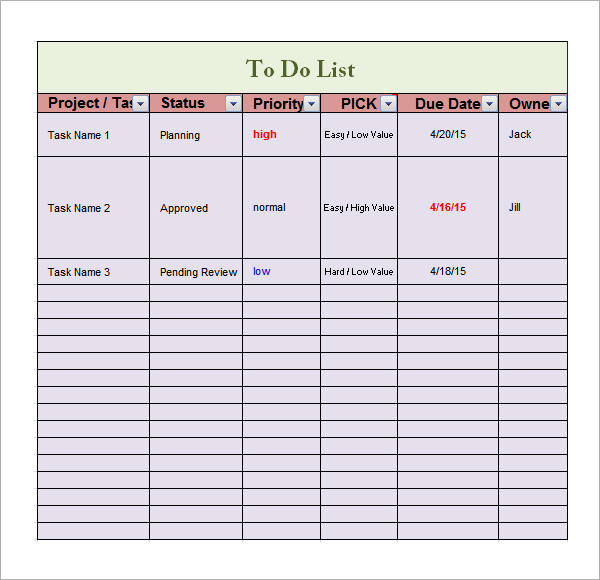

By default, the dialog box shows the first existing record in your table. The headers that you typed in the top row of your table are used for the field names. You only have to click anywhere inside your table, then click the Form button, and Excel will present a dialog box. This subheader is a bit of a misnomer because Excel will set up the entry form for you.
Finally, with both Form… and New Group (Custom) selected, click the Add > button.Īfter you click OK, you’ll find the Form… button on the far right of the Data ribbon. On the right-hand side, select Data and click the New Group button.  In the dialog box that follows, set Choose commands from: to choose Commands Not in the Ribbon. Right-click an empty space on the ribbon and choose Customize the Ribbon. To add the form button to the Data ribbon: Before you can use it, you’ll need to add it either to the Quick Access menu or to one of the ribbons. When Microsoft introduced the ribbon with Excel 2007, the designers chose not to include the form button. With your data now organized, highlight the entire data table, click on the Home ribbon, choose Format as Table, and pick one of the table styles. Here you’ll put the names of the fields, such as “Customer Name,” “Customer Address,” and “Customer Phone Number.” Excel will use these as the labels for the data entry form.
In the dialog box that follows, set Choose commands from: to choose Commands Not in the Ribbon. Right-click an empty space on the ribbon and choose Customize the Ribbon. To add the form button to the Data ribbon: Before you can use it, you’ll need to add it either to the Quick Access menu or to one of the ribbons. When Microsoft introduced the ribbon with Excel 2007, the designers chose not to include the form button. With your data now organized, highlight the entire data table, click on the Home ribbon, choose Format as Table, and pick one of the table styles. Here you’ll put the names of the fields, such as “Customer Name,” “Customer Address,” and “Customer Phone Number.” Excel will use these as the labels for the data entry form.  Row Headers: The first row of your table should be reserved for the column headers. For example, if the table holds customer information, then one field would be the customer name, another would be the address, and a third would be the phone number.
Row Headers: The first row of your table should be reserved for the column headers. For example, if the table holds customer information, then one field would be the customer name, another would be the address, and a third would be the phone number. 
You’ll want to fill out this field the same way for every record.
Columns: Each column should hold one type of information for each record, or one field. Depending on the nature of your table, a record might be one customer’s contact information or one invoice’s due date and amount due details. Rows: Each row should represent one chunk of data, or one record. Organize your data in rows and columns (a “table”). The first rule of Excel is that every minute spent organizing your data at the beginning can potentially save you hours of problem-solving later. With only a dash of setup–and some secret knowledge about where to find the forms, which aren’t on the Excel ribbon–you’ll be entering data like a pro. Keying data into a spreadsheet and moving the cursor after each entry can be frustrating at best at worst, it can leave you with mangled data in an unusable format.įortunately, Excel provides data entry forms to ease the pain. Excel makes it easy to work with data tables, but first you must get that data into tables.








 0 kommentar(er)
0 kommentar(er)
